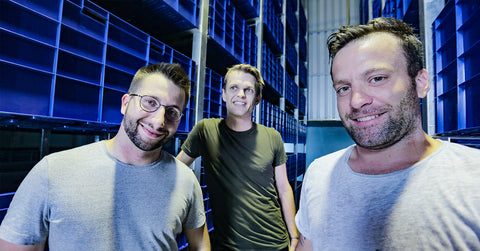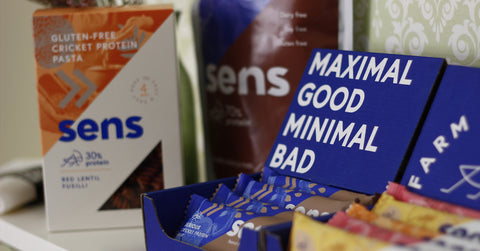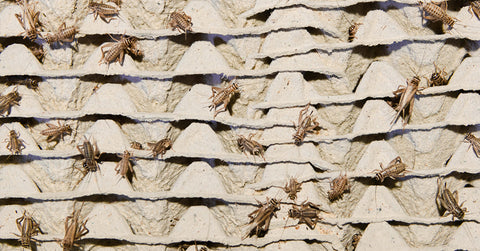There’s one question you have been asking us a lot lately: why is cricket flour so expensive? We have been asking ourselves the same question since we founded Sens. Our effort to make cricket flour cheaper was one of the main reasons we started our own farm. Let’s take a quick look at why cricket flour is still expensive and what will it take to make it cheaper than any other protein source.
Why is cricket flour expensive?
This is a fair question when you read that crickets need many times less resources. Unfortunately, the fact that insects are less resource intensive than cattle for example, doesn’t equate to a cheaper product, at least not yet. Cricket farmers need less land, water, and feed but they still need human labour, management, equipment, and most importantly scale which requires a lot of research and increase in demand.

Chicken farming is decades ahead
When you compare cricket farming to cattle or chicken farming you will start seeing the differences. For example, chickens are 90 % bigger and grow up in 42 days compared to 113 days which it took 60 years ago thanks to all the research that has been done in that time. The same research and automation also mean that an astonishing 73 % of the final cost of a chicken today is made up by the cost of feed only (1).
Serious research and innovation in cricket farming started only several years ago, the current cricket farms are still relatively small and the whole industry is in its infancy. The good thing is that even when cricket farming gets as big as chicken farming is today it won’t cause as much harm. Part of the reason why chicken, pork, or whey is so cheap is that factory farming does it at the expense of quality of life of the animals. We explored the ethics of cricket farming in a previous article.
How are we making cricket flour cheaper?
Our cricket farm is one of the few modern ones in the world right now that has its own research and development team that makes sure innovation is happening constantly. We introduced vertical farming up to 6 meters high, we have 500m2 of climate-controlled space, we use advanced drying methods that preserve more nutrients, and we are the world’s first Good Agricultural Practices (GAP) certified cricket farm. This has already allowed us to push the price down compared to a few years ago.
Cricket farms at every major city
Going forward we are working on improvements in feed, trying to implement biowaste and improve efficiency of conversion of feed into protein. We are also trying to perfect our breeding setup to improve yield, reduce labour costs, and introduce automation of feeding and watering. And all of this is just the first stage. We started farming in Thailand but the goal is to bring the future farms closer to big western cities. That’s when cricket farming will reach its full potential as a sustainability powerhouse. There might even be a cricket farm on Mars one day as we discussed in our previous article.

Support a sustainable startup with a big mission, try Sens products
At Sens, our mission is to make cricket protein look good and taste delicious! You can experience it with our tasty protein bars, gluten-free pasta, savoury protein crackers, baking cricket flour, or nutritious chocolate protein blend.
Sources:
1) Smil, V., ‘Should we eat meat?’, 2013, Chichester, West Sussex: Wiley-Blackwell, https://www.amazon.com/Should-Eat-Meat-Evolution-Consequences-ebook/dp/B00BY2M0KQ




